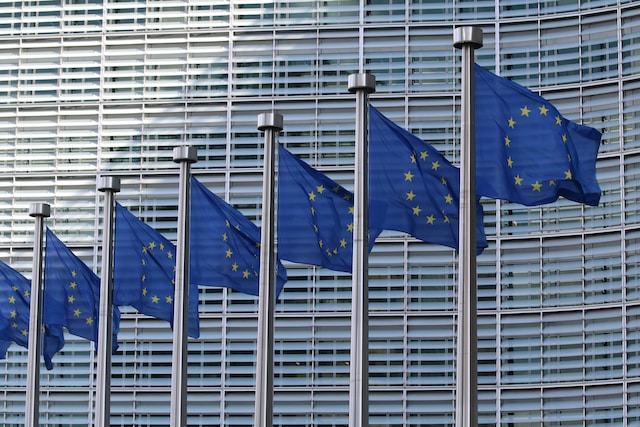In an era of interconnectedness and globalization, the transfer of data between nations has become an integral part of our daily lives. However, ensuring the protection and privacy of personal data has posed numerous challenges, especially in the wake of the EU’s General Data Protection Regulation (GDPR) and concerns over US surveillance practices. Recognizing the importance of finding a balanced solution, the EU and the US have recently sealed a new data transfer pact, heralding a new chapter in transatlantic digital cooperation.
The agreement, known as the EU-US Data Transfer Pact, aims to provide a robust legal framework for the exchange of personal data between the two regions. It replaces the EU-US Privacy Shield, which was invalidated by the European Court of Justice in 2020 due to concerns regarding the US government’s access to European citizens’ data. The new pact addresses these concerns by introducing stronger safeguards and oversight mechanisms.
One of the key features of the EU-US Data Transfer Pact is the commitment by the US government to restrict access to personal data by public authorities for surveillance purposes. This assurance is crucial in building trust between the EU and the US, as it addresses the primary concern raised by the European Court of Justice. The pact also establishes an ombudsperson mechanism to handle any complaints from EU individuals regarding access to their data by US authorities.
For businesses operating on both sides of the Atlantic, the new data transfer pact brings much-needed clarity and stability. It provides a reliable legal basis for transferring personal data from the EU to certified US companies, ensuring compliance with the GDPR. This is particularly significant for sectors such as technology, e-commerce, and multinational corporations that heavily rely on cross-border data flows to conduct their operations.
While the EU-US Data Transfer Pact represents a significant milestone, it is not without its challenges. The agreement is expected to face scrutiny from privacy advocates, who will closely monitor the implementation and effectiveness of the new safeguards. Moreover, the European Court of Justice has the authority to review the pact’s validity in the future, which could potentially lead to further revisions or adjustments.
In conclusion, the EU-US Data Transfer Pact ushers in a new era of transatlantic digital cooperation, offering a promising framework for the secure transfer of personal data. By addressing the concerns raised by the invalidation of the Privacy Shield, this agreement strives to strike a balance between privacy protection and facilitating data flows for business purposes. However, the road ahead may still hold challenges, as the pact undergoes scrutiny and potential revisions. Nonetheless, this landmark agreement sets the stage for enhanced collaboration between the EU and the US in the digital realm, fostering innovation and economic growth while safeguarding individual rights.












